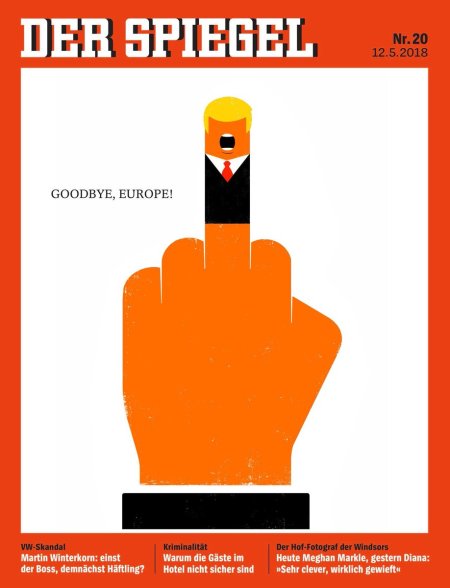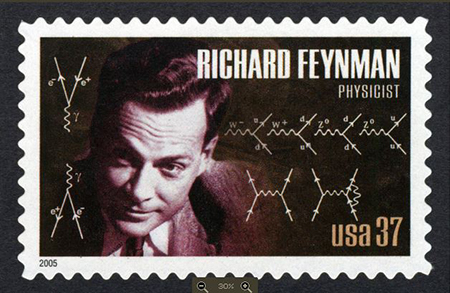
New meaning to “flying the flag”: (Wikipedia caption) A pair of specially painted F-117 Nighthawks fly off from their last refueling by the Ohio National Guard’s 121st Air Refueling Wing. The F-117s were retired March 11 [2008] in a farewell ceremony at Wright-Patterson Air Force Base, Ohio. U.S. Air Force photo/Senior Master Sgt. Kim Frey. This is just a great photo.
The U.S. Flag Code designates Armed Forces Day as one day for all Americans to fly their flags, in honor of those men and women presently serving in any of the Armed Forces.
Activities to honor active duty and active reserve forces occur in hundreds of communities across the nation. Check your local papers.
Remember to fly your flag.
A bit of history, as we’ve noted earlier: After President Truman’s administration brought the management of the armed forces under the umbrella of one agency, the Department of Defense, Truman moved also to unite what had been a separate day of honor for each of the branches of the military, into one week capped by one day for all uniformed defense services.
On August 31, 1949, Secretary of Defense Louis Johnson announced the creation of an Armed Forces Day to replace separate Army, Navy and Air Force Days. The single-day celebration stemmed from the unification of the Armed Forces under one department — the Department of Defense. Each of the military leagues and orders was asked to drop sponsorship of its specific service day in order to celebrate the newly announced Armed Forces Day. The Army, Navy and Air Force leagues adopted the newly formed day. The Marine Corps League declined to drop support for Marine Corps Day but supports Armed Forces Day, too.
In a speech announcing the formation of the day, President Truman “praised the work of the military services at home and across the seas” and said, “it is vital to the security of the nation and to the establishment of a desirable peace.” In an excerpt from the Presidential Proclamation of Feb. 27, 1950, Mr. Truman stated:
Armed Forces Day, Saturday, May 20, 1950, marks the first combined demonstration by America’s defense team of its progress, under the National Security Act, towards the goal of readiness for any eventuality. It is the first parade of preparedness by the unified forces of our land, sea, and air defense.
Celebrations like Armed Forces Day offer good opportunities to promote history. I suspect that the day’s coming always in the middle of May suppresses some of the teaching moment value, as teachers make a final push for end of course tests, finals, and in high schools, for graduation — and as many colleges are already out for the summer. Good materials are available that can be sprinkled throughout a course.

President Truman and other dignitaries on the reviewing stand during an Armed Forces Day parade, (left… – NARA – 200222 (Photo credit: Wikipedia) (Is that Eisenhower on the left?) (Update: Yep! From Wikimedia: Left to right, Gen. Dwight D. Eisenhower, Secretary of Defense Louis Johnson, President Truman, Adm. William Leahy.
For example, this list of world-wide events at the first Armed Forces Day, in 1950, gives a good picture of four years into the Cold War, and would make a good warm-up exercise or even an entire lesson, or offer opportunities for projects:
The first Armed Forces Day came at a time of increased world tensions, political volatility and communist aggression. Some notable events that marked America’s first Armed Forces Week were as follows:
- Bolivian police broke up “alleged” revolutionary communist-led general strike in LaPaz.
- Two U. S. government buildings in Canton, China were taken over by the Chinese Communist Government. The buildings were U. S. property acquired prior to the Communist takeover.
- The Burmese Army recaptured the city of Prome, a strategic communist-rebel stronghold.
- Nicaraguans elect General Anastasio Somoza to a regular six-year term as president.
- French and West German governments expected to talk shortly on the merger of the coal and steel industries of the two countries.
- Communist China lifted the ban on daylight shipping along the Yangtze River due to the decline of Nationalist air activity.
- Norway receives first US military aid in the form of two Dakota planes.
- U. N. Secretary General Trygive Lie seeks West’s acceptance of Red China in the U. N.
- Iran announced close range news broadcasts to the Soviet Union with $56,000 worth of Voice of America equipment.
- Cuba celebrated the 48th anniversary of the establishment of its republic.
- The Red Cross celebrated its 69th birthday.
- Britain ended rationing of all foods except meats, butter, margarine, and cooking fat.
- The U. S. Congress voted to extend the draft. “A Bill to extend registration and classification for the Draft until June 24, 1952 passed the House 216-11.”
- The Allied Command announced it would “ease” the burden of occupation on Austria and would name civilian high commissioners to replace present military high commissioners.
- Soviet authorities in Berlin withdrew travel passes of the U.S. and British military missions stationed at Potsdam in the Soviet zone of occupation.
- The Soviets returned 23 East German industrial plants to East German authorities. The plants had been producing exclusively for the benefit of reparations to the USSR.
- Twenty-eight Soviet vessels, consisting of tugs, trawlers, and supply ships remained in the English Channel as the Western Alliance prepared for air and naval maneuvers. Observers noted that many of them carried rollers at their sterns for trawling nets although no nets were visible.
- Pravda denounced Armed Forces Day, calling it the militarization of the United States. “The hysterical speeches of the warmongers again show the timeliness of the appeal of the Permanent Committee of Peace Partisans that atomic weapons be forbidden.”
- Western Powers renewed their promise to help Mid-Eastern states resist communism. They also announced an agreement to sell arms to Israel as well as to the Arabs.
Veterans Day honors veterans of wars, and those who served in the past; Memorial Day honors people who died defending the nation; Armed Forces Day honors those men and women serving today. Service with two wars, in an “all volunteer” military, is a rough go, especially in times of federal budget cuts. Say a good word about active duty military on Saturday, will you?
More:
- Girl Scouts celebrate Armed Forces Day (2015), Pensacola News-Journal
- F-15 flyover, Howitzer salute celebrate Armed Forces Day, Salem (Oregon) Statesman-Journal
- “Let’s celebrate Armed Forces Day by building a new Pentagon,” Time Magazine
- Armed Forces Day celebration honor men and women in uniform (qctimes.com)
- Bring All Your Friends This Weekend For The National Armed Forces FreedomRide – Colorado (k99.com)
- Oregon National Guard Celebrates Armed Forces Day At Capitol (albanytribune.com)
- Armed Forces Day celebrated in Del City (newsok.com)
- 13th Annual Armed Forces Day Parade to Honor WWII Veterans (theroanokestar.com)
- Armed Forces Day 2013 (abc2news.com)
- Yes, this is mostly an encore post. Earlier notes at Millard Fillmore’s Bathtub, in 2007, 2008, 2009 and again, 2010 and again, and 2011
Yes, this is an encore post, mostly. Defeating ignorance takes patience and perseverance.



 Posted by Ed Darrell
Posted by Ed Darrell 




















